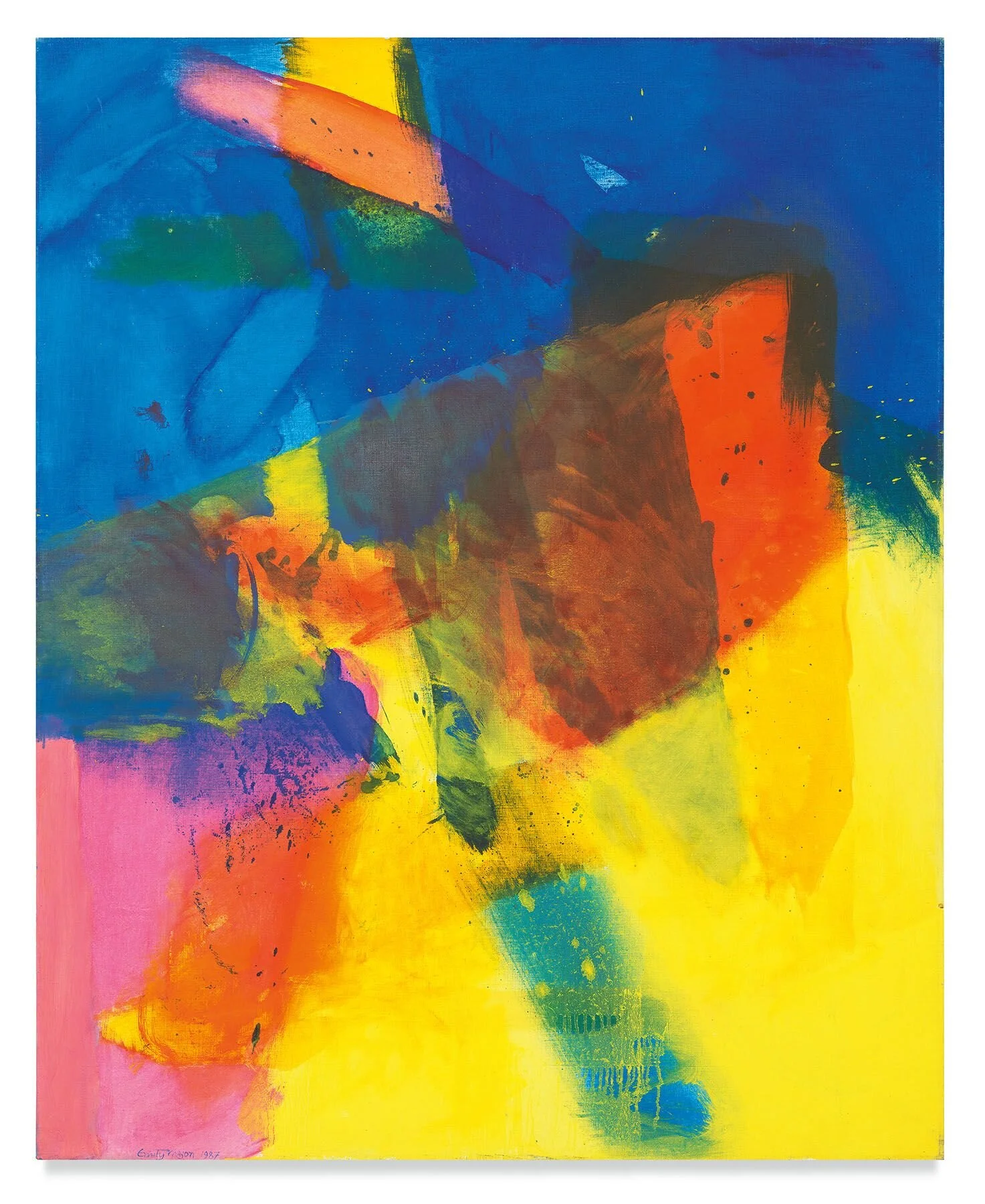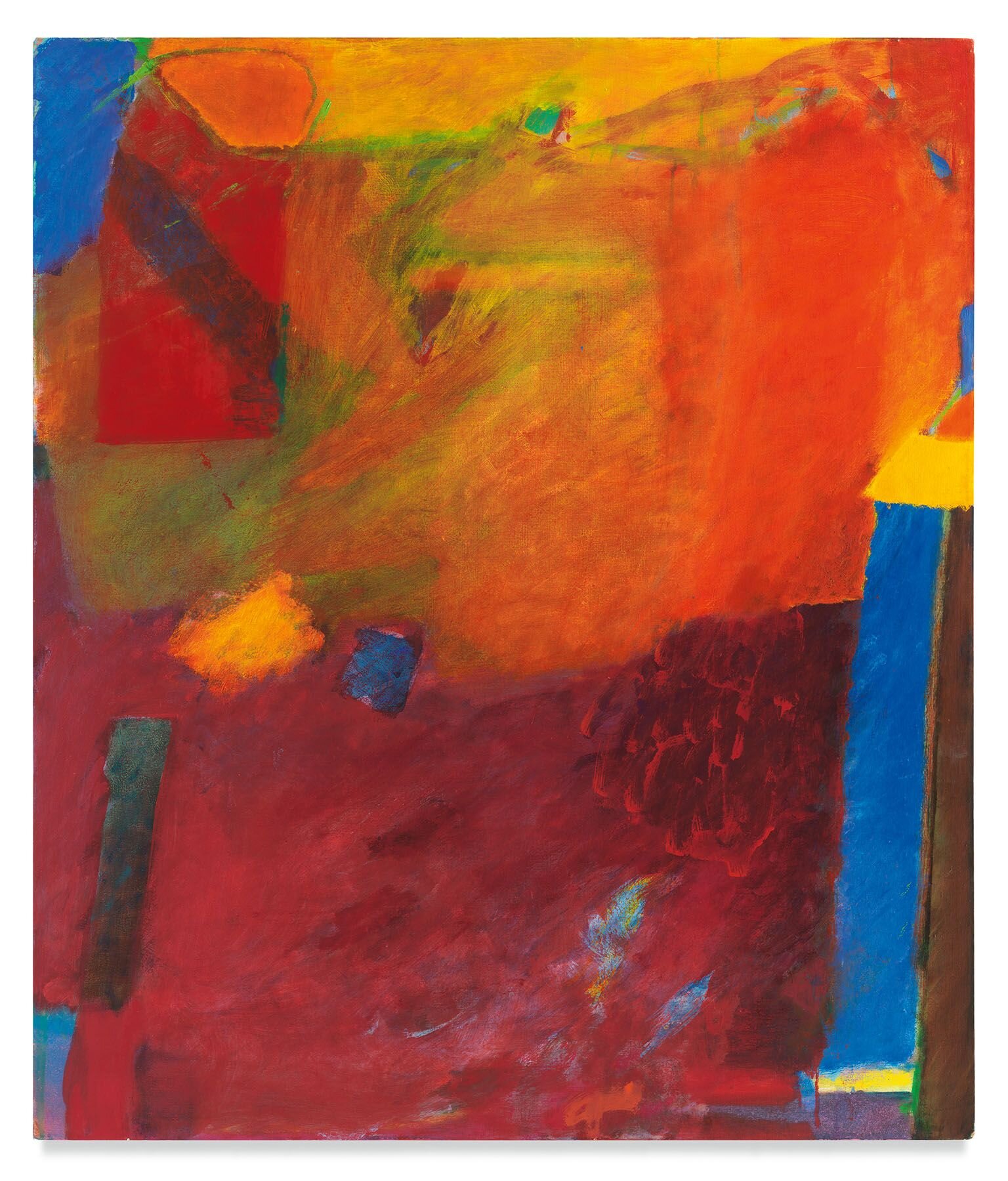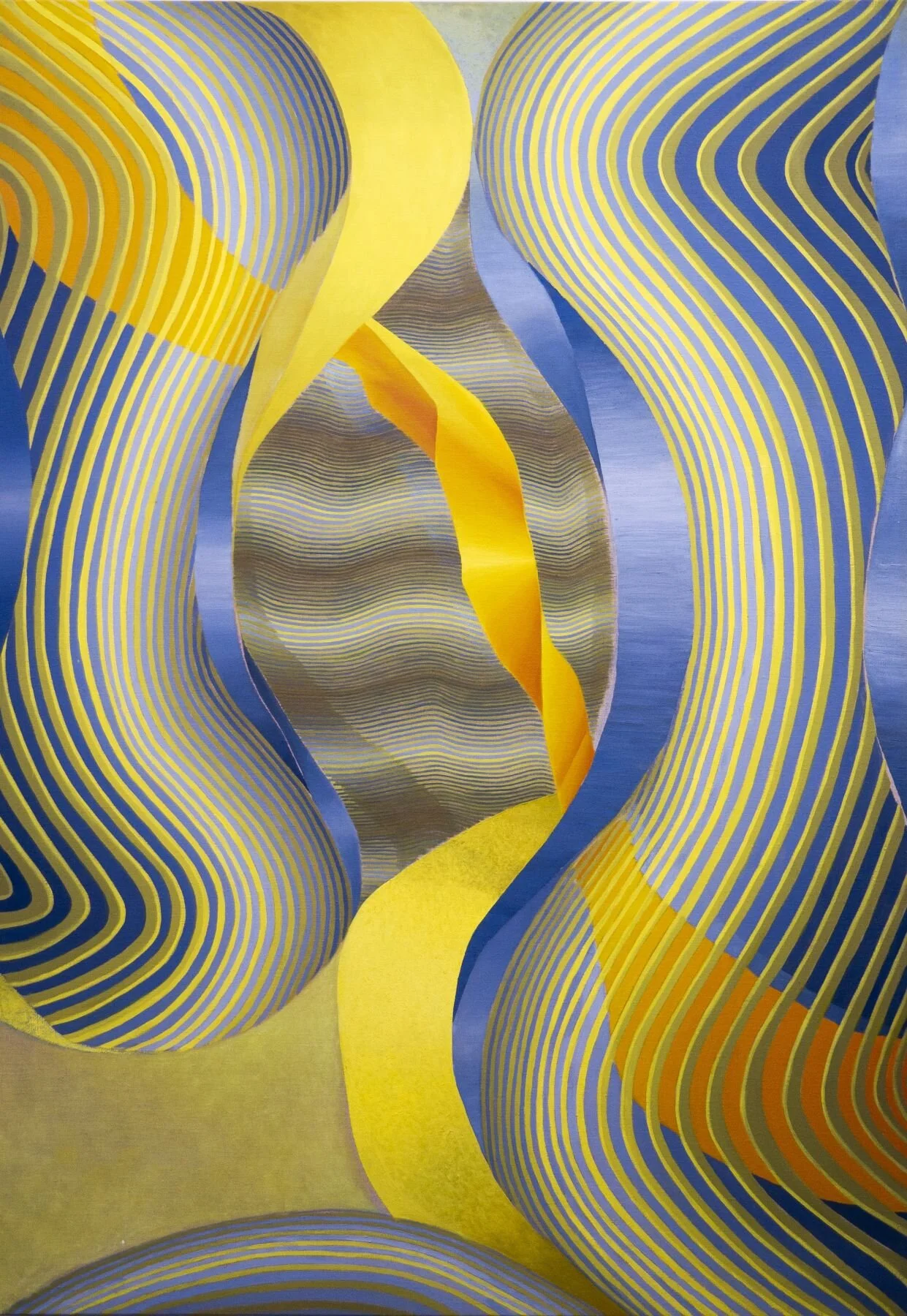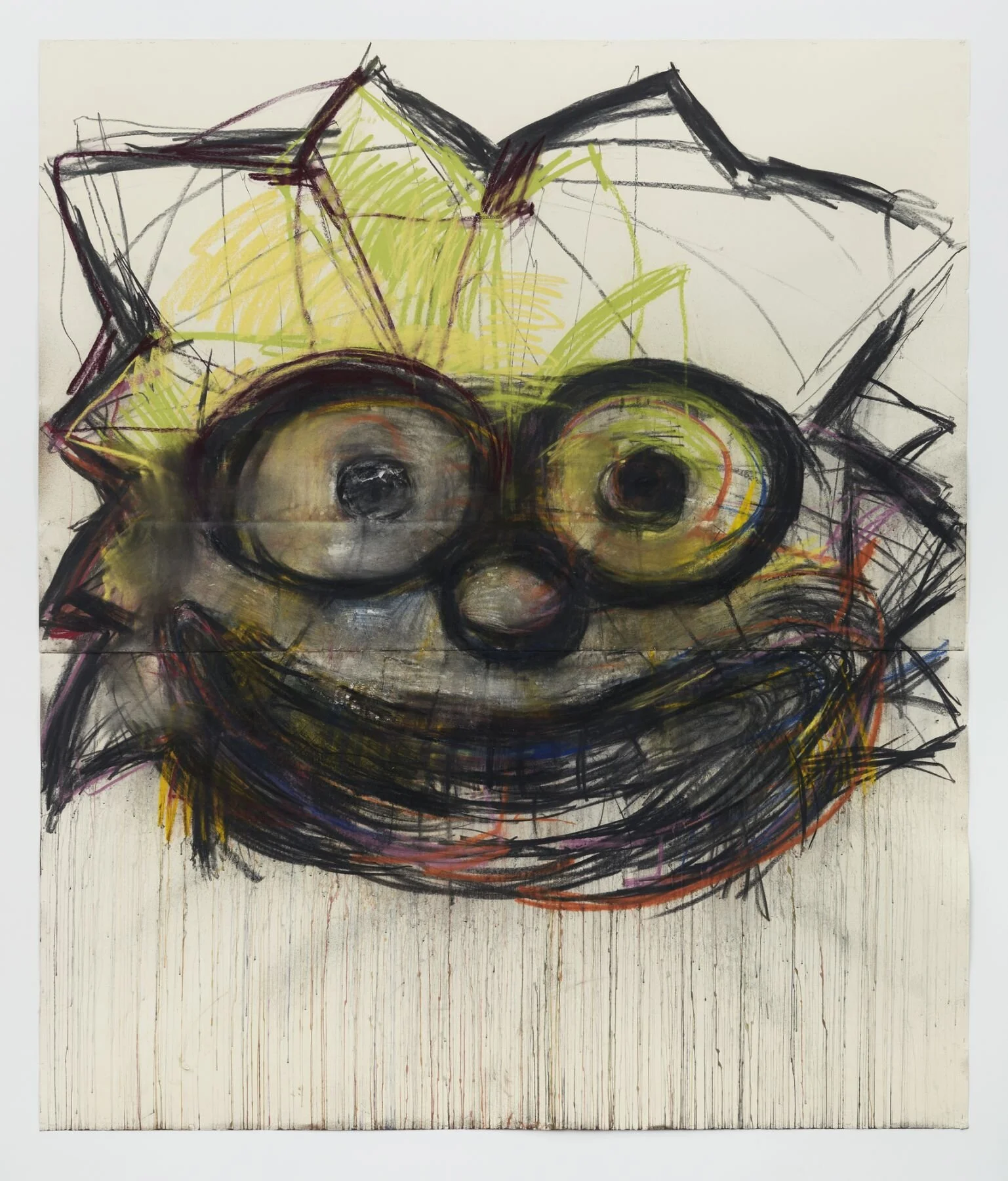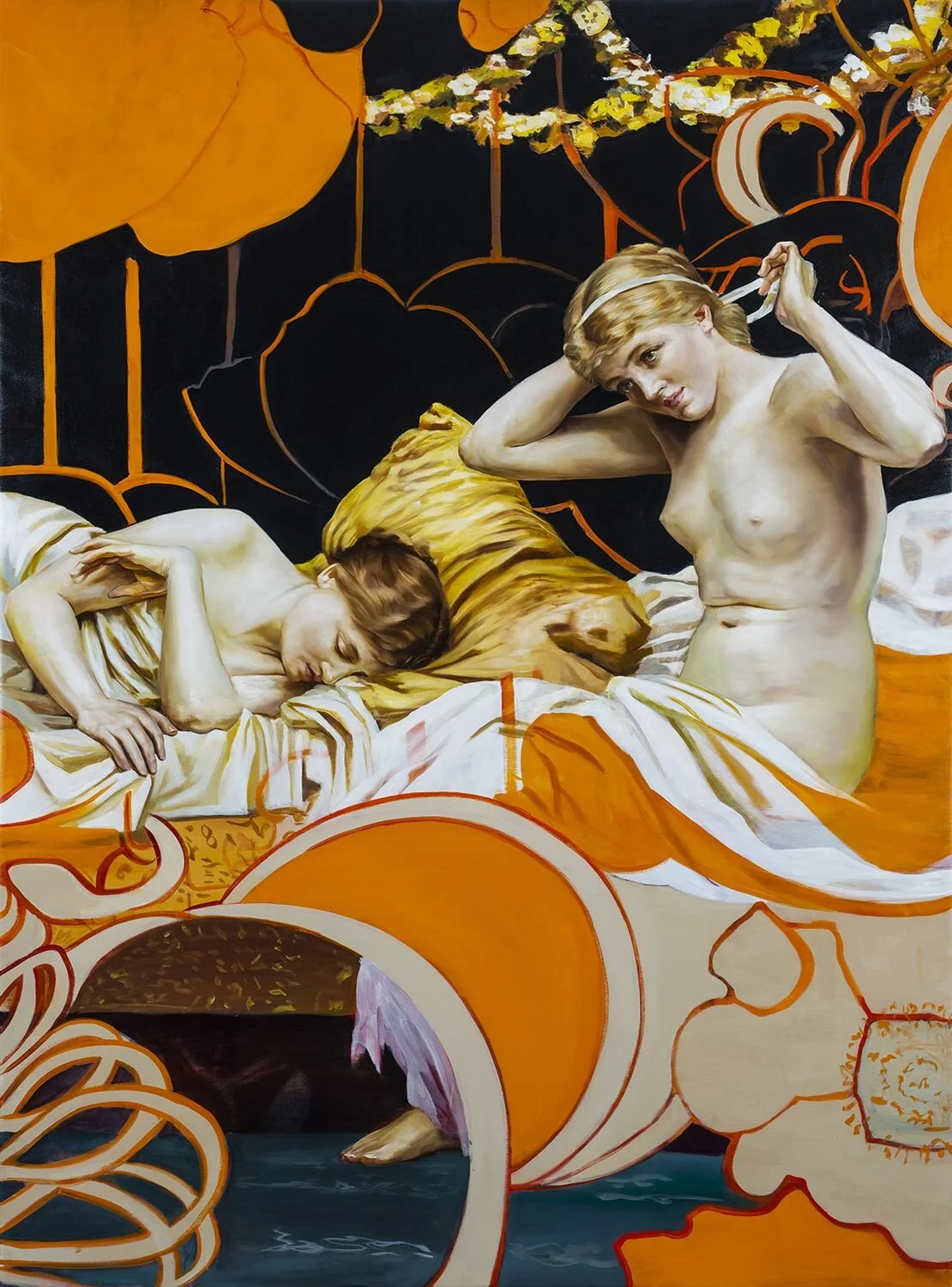Emily Mason
“Chelsea Paintings”
New York, 520 West 21st Street
Chelsea Paintings, which coincides with a retrospective at the Bruce Museum in Connecticut on view through March 2021, is the late artist’s first posthumous gallery exhibition in New York following her December 2019 death. The exhibition comprises twenty works made between 1978 and 1989, and two works completed in the 1990s.
Emily Mason was just a few years old when she began to experiment with professional-grade art materials in her mother’s studio. Mason, born in New York City in 1932 to on-the-scene painter Alice Trumbull Mason, came of age in the 1940s-1950s New York art world, attending her mother’s regular social engagements at the Eighth Street Club with Jackson Pollock, Lee Krasner, Franz Kline, Robert Motherwell, Helen Frankenthaler, John Cage, Mark Rothko, and others. Mason’s family was particularly close with Sally and Milton Avery, as well as Willem and Elaine de Kooning; the latter would babysit Mason from time to time. Mason credits the small female contingent of the Club, especially Elaine de Kooning and Joan Mitchell, with empowering her to chart her own stylistic course after having been encouraged at Cooper Union to maintain a more rigid developmental trajectory in her practice.
The Green In Go, 1983, Oil on canvas, 52 x 48 1/4 inches, 132.1 x 122.6 cm
Chelsea Paintings is named for the career delineation that occurred in 1979, when Mason moved her studio practice from the 12th-and-Broadway space she had shared with her husband, the painter Wolf Kahn, since the 1950s to her own floor-through, 4,700-square-foot loft on 20th Street in Chelsea. From then on, regardless of where she started a work of art (she also had a studio in rural Vermont), she would always bring it to the Chelsea studio to ‘finish’ it in the distinct light and aura of that space. Located on the 11th floor of a former garter factory built in 1912, Mason worked in her Chelsea studio until her death; it remains intact as she left it, filled with 40 years of art and ephemera.
An avidly independent-minded colorist and mark-maker, the early works on view in Chelsea Paintings were created when stark Minimalism was on trend in the Chelsea art scene; Mason’s vivid, chromatically intense abstractions evolved in a contrasting manner to the formal restraint being exercised by her peers such as Donald Judd, Carl Andre, and Sol LeWitt.
Untitled, 1989, Oil on canvas, 52 1/2 x 45 inches, 133.4 x 114.3 cm
Mason’s approach to hue was rooted in an intuitive grasp of ‘analogous color theory,’ in which multiple pigments are selected for their capacity as falling adjacently on a color wheel rather than in contrast or in a traditional complimentary position. She did, however, delight in “breaking her own rules;” a habit which can be clearly recognized in stark and deliberate gestures within certain canvases. In terms of mark-making, some of Mason’s paintings exhibit evidence of underpainting, glazing, scraping, layering, sanding, paint pouring, and scumbling on top of dry areas—while others appear to have manifested virtually without human touch. Critic Karen Wilkin, who spoke at length with Mason in her final years, explains that:
““Mason’s canvases first compel our attention with their radiant hues, but they soon insist that we concentrate on subtleties that reveal the history of the painting’s evolution... Mason delights in color and revels in the fluidity of her chosen medium.””
While Mason worked exclusively in oil, she enjoyed experimenting with new paints, oil types, and solvents. If something had a unique translucency or reflective quality that would move the eyes, she wanted to work with it to see how it might be more deliberately incorporated into future compositions. Her mastery of opacity manipulation and her custom arsenal of highly varied paints allowed a certain degree of illusionism in the work that in many compositions suggests the presence of three-dimensional space. However, Mason was not particularly preoccupied with the flatness of the picture plane or with creating a distinct field; her aim was instead to create a unified image that has been described by critic David Ebony as a “shadowless illumination.” The most characteristic examples of Mason’s work offer an intuitive, dreamy quality of something otherworldly.

